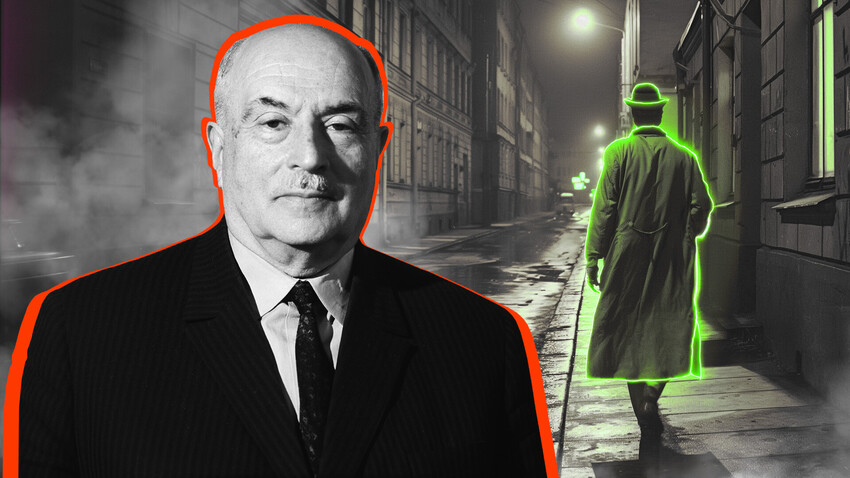
In the evenings, at the same time, a luminous silhouette of a man appeared on the streets of the capital. He walked, as if shrouded in a bluish halo: passers-by, seeing him, rushed away or tried to press themselves against the wall. The "ghost", seeing their reaction, would try to talk to them, which made them fall into even greater panic.
Moscow was full of rumors: a "luminous monk" had appeared in the city. The bravest ones tried to turn to him with requests. For example, to contacting dead relatives. Those who didn't have the courage to talk to the otherworldly being simply followed him around. This went on day after day. The procession of curious people accompanied the "ghost" as long as they could and then went about their business. And the ‘luminous monk’ went home. Yes, that's right! After all, it was not a ghost, but a very real chemist named Semyon Wolfkovich!
The thing is, he was conducting experiments on the electrothermal ignition of phosphorus. His clothes and shoes were saturated with vapors of the substance - as a result, by the evening, Wolfkovich would turn into a "ghost" and would frighten passers-by.
However, Semyon Wolfkovich went down in history not as a "ghost", but as the first scientist to obtain phosphorus in an electric furnace and was involved in the development of phosphate fertilizers.
Dear readers,
Our website and social media accounts are under threat of being restricted or banned, due to the current circumstances. So, to keep up with our latest content, simply do the following:
If using any of Russia Beyond's content, partly or in full, always provide an active hyperlink to the original material.
Subscribe
to our newsletter!
Get the week's best stories straight to your inbox